Area of a triangle can be calculated when you have the length of its base and height. In this case the area is 1/2 times the base and its height. If you do not know the height of the triangle but know the lengths of all the sides of the triangle then you can calculate its area using the Herons formula. First to use it you need to computer the semi perimeter of the triangle S, which is S = (a + b + c)/2, where a, b, c are the lengths of the sides of the triangle. Now the area of the triangle is square root of ( s * (s-a) * (s-b) * (s-c) ). Now substitute the values of the lengths of sides and s in the formula to obtain the area of the triangle. This video shows how to compute the area of the triangle using the Herons formula.
Apple's iOS 26 and iPadOS 26 updates are packed with new features, and you can try them before almost everyone else. First, check Gadget Hacks' list of supported iPhone and iPad models, then follow the step-by-step guide to install the iOS/iPadOS 26 beta — no paid developer account required.




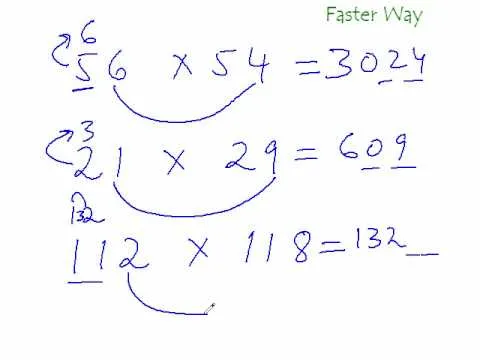
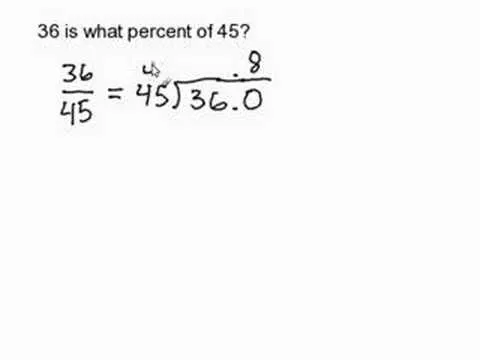
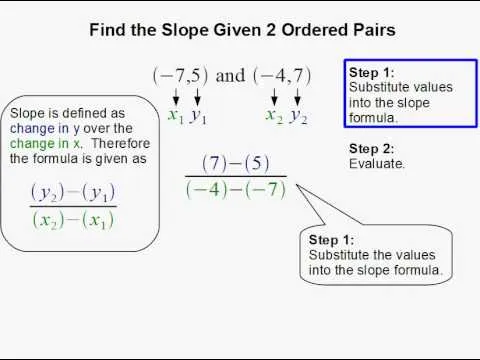












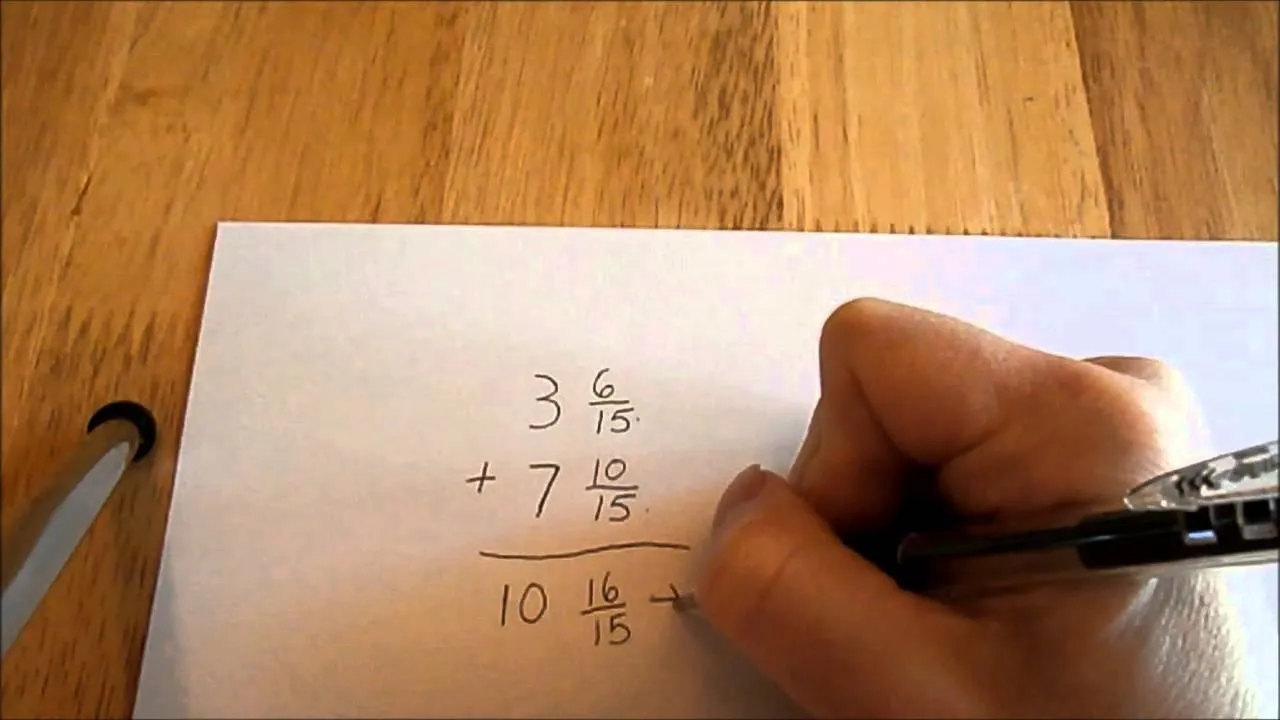

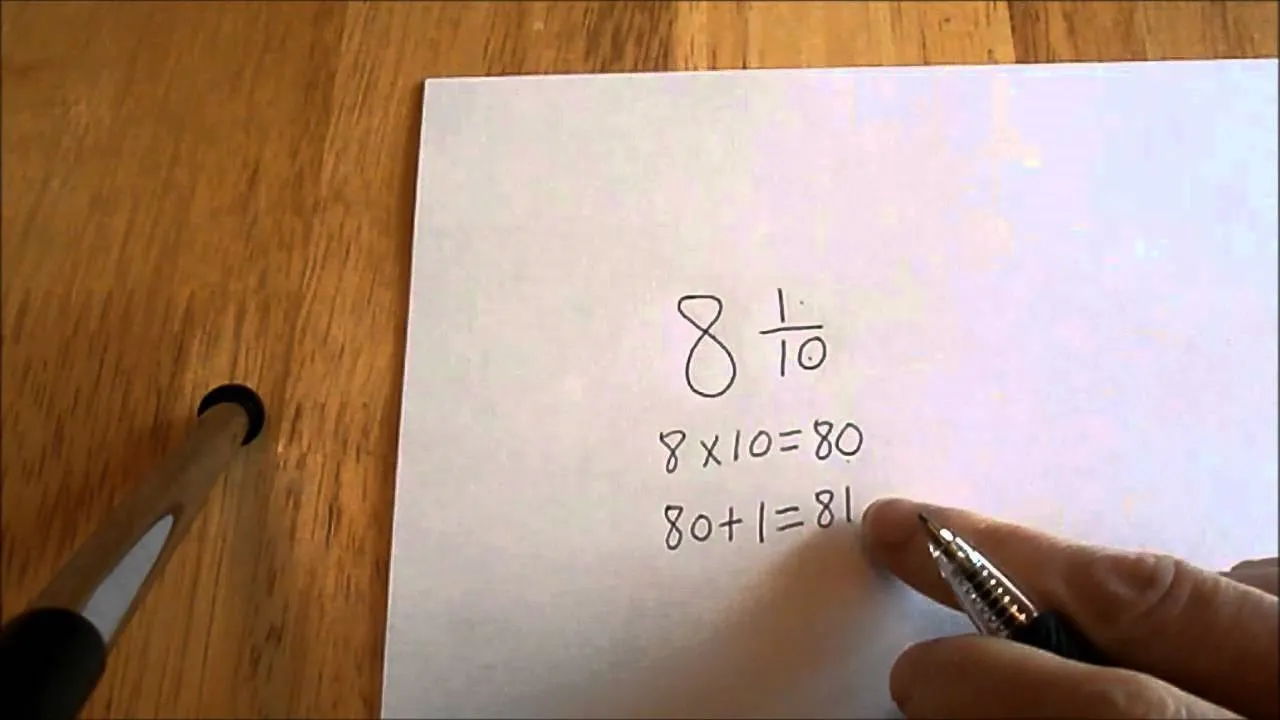


Comments
Be the first, drop a comment!